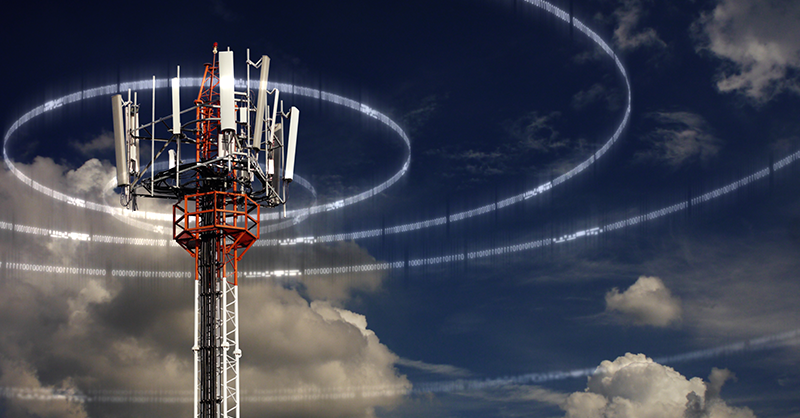If you've ever wandered through a town, you may have seen tiny 5G cell towers on the poles of street lights. They appear like tiny boxes however, they're actually transmitting wireless signals from cell phone providers to your mobile.
These smaller towers are replacing the larger specially-designed cell towers. While they're less noticeable however, they could create problems for those who live nearby.
It is the Federal Communications Commission's Radiation Exposure Thresholds
The FCC's Radiation Exposure Thresholds establish the maximum amount of time one can expose to electromagnetic radiation from wireless devices. The exposure limits are based on research that show that RF energy can be harmful to human health.
The absorption rate specific (SAR) is an indication of the amount of radiofrequency energy absorbed by tissue. It is typically 1.6 Watts per kilogram averaged over one gram of tissue.
Since 5g is able to transmit at higher frequencies, it has the potential to cause greater energy intensity on the skin and other directly-exposed body areas. This can lead to a wide range of potential problems, including an increased the development of skin conditions like dermatitis, skin cancer and cataracts.
Due to the potential for harmful effects of radiation from 5G, PSU has chosen to establish a general, localized maximum power density of four MW/cm2 based on the average over 1 cm2, but not to exceed 30 minutes for the entire 5G spectrum at 3000 GHz. This localized limit is consistent with the maximum SAR that is spatially averaged at 1.6 W/kg, which is averaged over 1 5 grams of body tissue, at 6 GHz.
safe distance from cell tower for Maximum Exposure
Have you ever used a cell phone, you probably know that the safest range from the tower should be at least 400 meters away. https://long-stroud.thoughtlanes.net/how-far-away-from-a-5g-mobile-system-is-secure-1682544849 is due to the transmitting power of a cell tower increases dramatically the further away your location from the tower.
While this sounds like something that's good, the reality is that people who live close to towers might be more susceptible to health problems. For example, a study from 2014 in India found that residents living within 50 meters of cell towers had significant more health issues than those who were distance from them.
However, this study also showed that residents who moved to areas that were further from the cell towers saw their symptoms improve within a few days. Other studies have demonstrated that exposure to extreme levels of radiofrequency electromagnetic fields (EMFs) can cause brain tumors, cancers and other health issues.
This is due to the fact that the RF radiation used in wireless communication, can be absorbed by the body's outer layer, which is the skin. This is important to understand since the skin functions as a shield against mechanical injury, infection by pathogenic microorganisms, and the entry of harmful substances. It is also the most important organ of the human body, and is accountable for keeping the integrity of other organs.
The FCC's Minimum Exposure Thresholds for the Minimum Exposure

The FCC's Minimum Exposure Thresholds are based on various assumptions that aren't supported by evidence from science. This includes the false belief that short-term exposures RF radiation are safe due to the limited radiation penetration in the human body (i.e. the heating of tissues).
safe distance to live from cell phone tower overlooks the deeper penetration of the ELF parts of the modulated RF signal and the effect on the body of short bursts caused by RF pulses. These theories are not compatible with the current understanding of biological consequences of RF radiation. As such, they should not be considered for health protection exposure standards.
Furthermore to that, ICNIRP and FCC restrict their maximum exposure limits to local peak SARs that are based on the maximum speed of spatial absorption (psSAR), which can be described as not a sufficient dosimetric tool to assess the amount of exposure to RF radiation. In particular the psSAR tool is not accurate for frequencies that exceed 6 GHz. Furthermore, psSAR has not been evaluated for RF radiation that is exposed to other agents of the environment such as sunlight. Interactions of RF radiation with other environmental agents could result in antagonistic or synergistic impacts. This could result in an increased risk of negative health adverse effects. For example, exposure to RF radiation with sunlight may cause an increase in the incidence of developing skin cancer, and may also exacerbate other skin conditions like acne.
